Your Cart is Empty
spend R1000. 2kg or less. free shipping.
Menu

spend R1000. 2kg or less. free shipping.
bonsai
gardening
Orchids
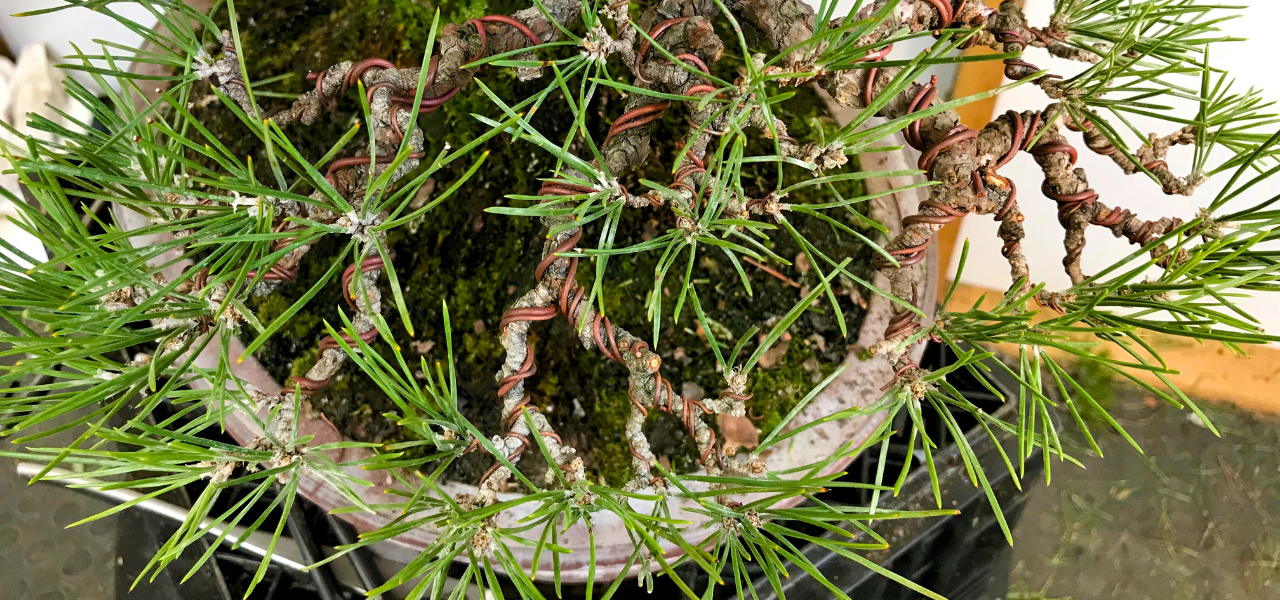
Enthusiasts Top Wiring Tips
9 min read
Bonsai enthusiasts share their top wiring tips for bonsai trees. Terry comments on these tips ela...
Read More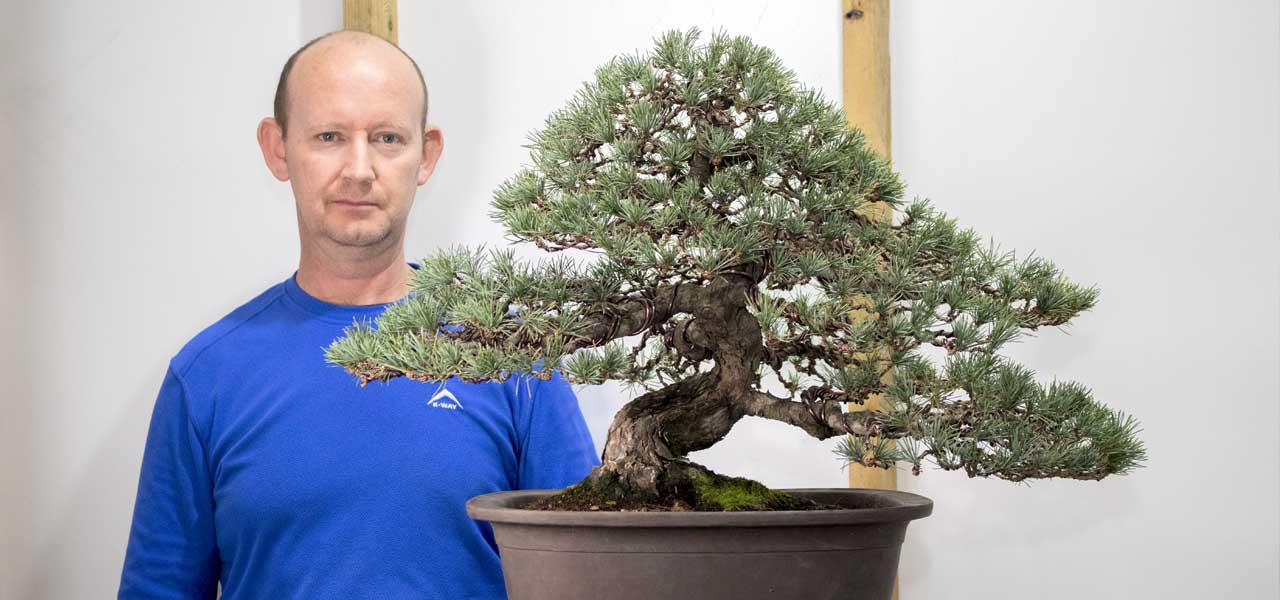
Restyling of a locally grown Japanese White Pine
9 min read
A customer of mine who purchased this tree from Rudi Adam's collection after his passing br...
Read More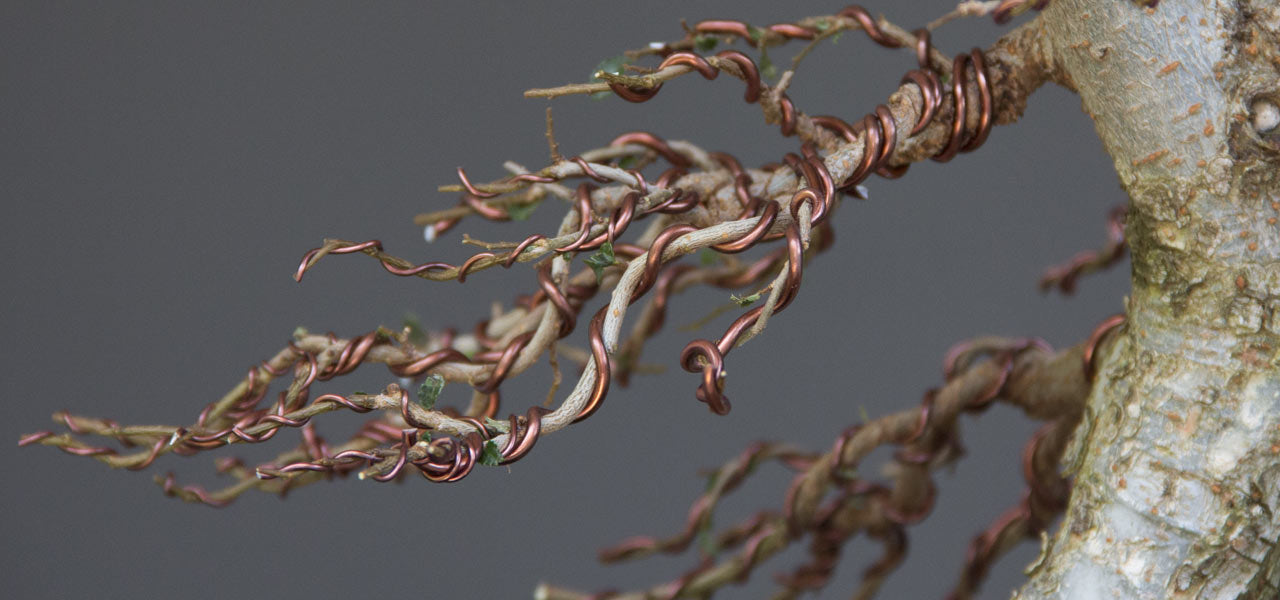
Maintenance and training of bonsai trees
3 min read
This blog post was inspired by an article in an old edition of the Bonsai Today magazine. In this...
Read More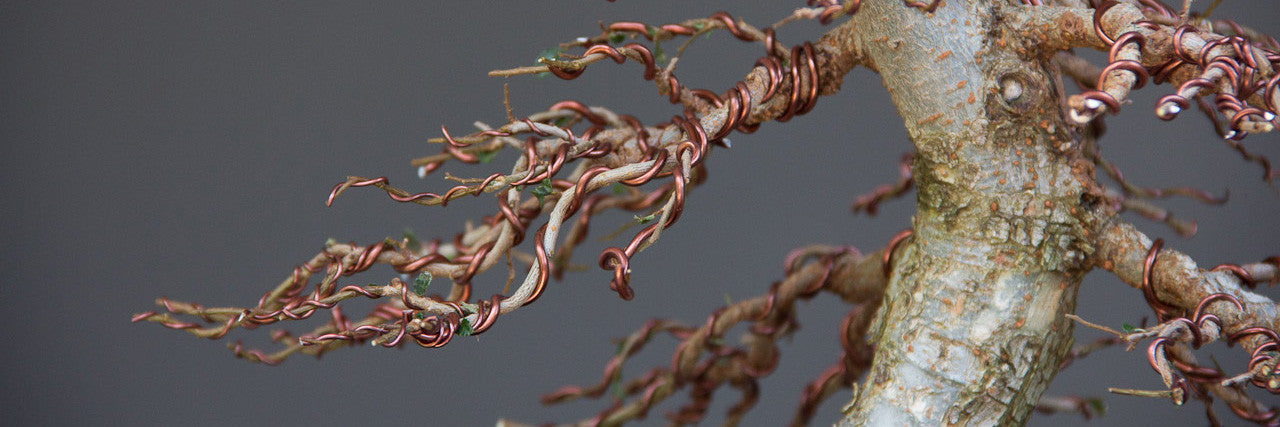
5 Wiring Tips for your bonsai trees
10 min read
Being able to wire is a fundamental technique which must be practiced by the bonsai enthusiast. W...
Read More
Styling a Dwarf: Working on a Kotobuki Black Pine
7 min read
Follow the finer details of styling as Terry Erasmus needle plucks, thins and wires this Kotob...

5 Things you should be doing with your bonsai in Autumn
6 min read
Every season, we need to be aware of what tasks are required on or around our bonsai trees. He...
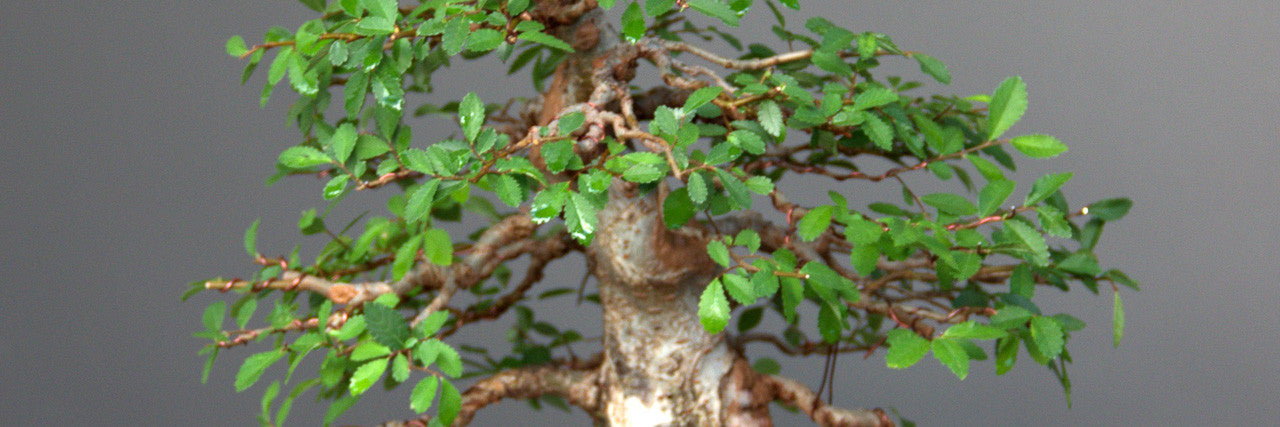
Progression of a Field Grown English Elm over 6 years
10 min read
Bonsai progressions are always fun to look at. It shows in a few short paragraphs of text and ...

Japanese Black Pine Makeover
8 min read
Following in the same trend as my post of last week, I will continue with the tree makeover th...
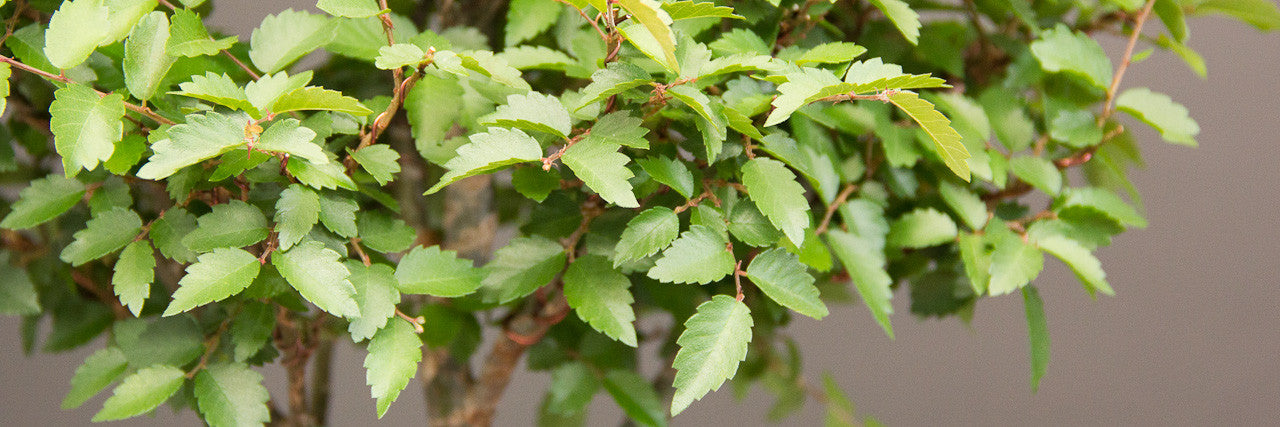
Japanese Zelkova, Broom Style - from humble beginnings
8 min read
This is a story about a Japanese Zelkova with a humble beginning - a story I am sure you all h...

Initial styling of a Japanese Black Pine
9 min read
In this blog post I write about the first styling of a Japanese Black Pine imported from Japan...
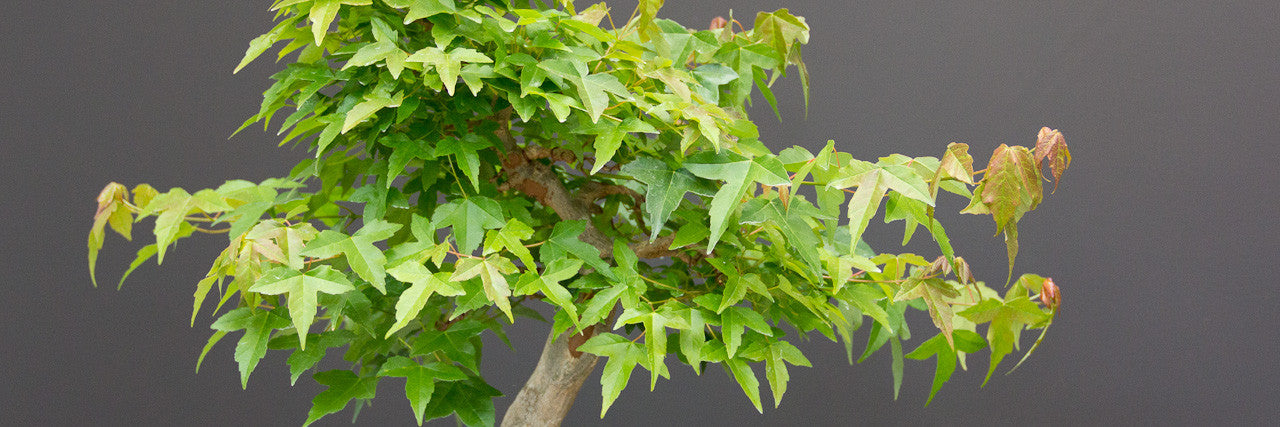
2nd Defoliation of a Chinese Maple
5 min read
A few weeks ago I defoliated this maple and it was featured in a blog post on this site along ...
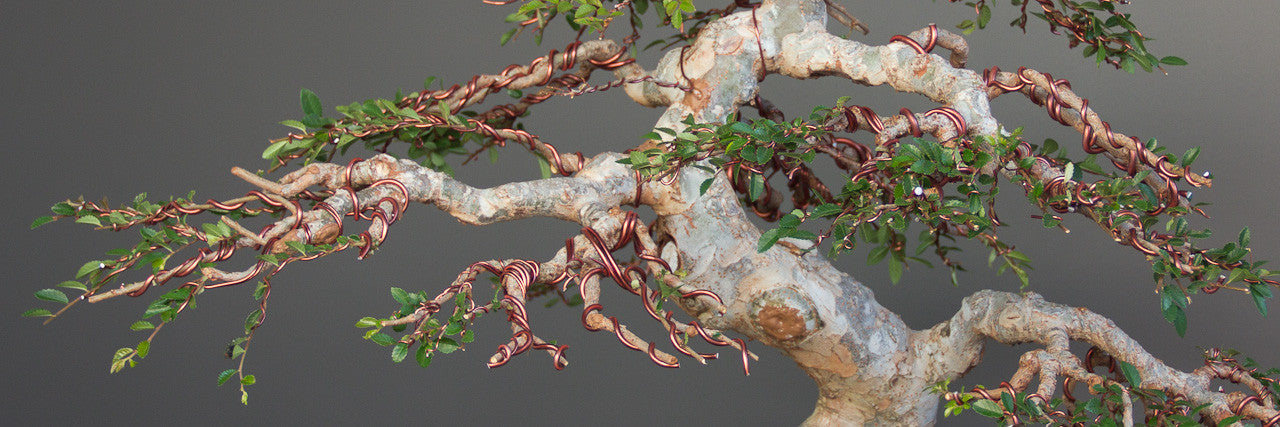
Makeover of a Chinese Elm
8 min read
This Chinese elm was purchased from a nursery, where it was originally imported from China. It...
Categories
- Acacia
- accents
- Aquarium
- artists
- autumn
- autumn tasks
- azalea
- Baobab
- bonsai terms
- bonsai tools
- bonsaiboost
- Branch Structure
- bud selection
- Carnivorous Plants
- celtis
- Ceramics
- chinese elm
- chinese maple
- cotoneaster
- Cuttings
- decandling
- defoliation
- drainage
- exhibitions
- fertilizing
- field growing
- Flytraps
- Forest creation
- Forests
- Grafting
- groperl
- growing mediums
- hackberry
- haworthia
- Hinoki Cypress
- Indigenous
- Inspirational Nature
- internodes
- japan
- japanese black pine
- Japanese maple
- Japanese Red Pine
- Japanese White Pine
- japanese zelkova
- Junipers
- Kelp
- kusamono
- kyoto
- layering
- leca
- Leigh Kemp
- Lime Sulphur
- lithops
- Maintenance
- maple
- moss
- nebari
- needle plucking
- Nepenthes
- olives
- peat
- Peter Hewitt
- Peyotes
- Portulacaria
- pot selection
- Premna
- pruning
- Ramification
- repotting
- Root over Rock
- roots
- sacrifice branches
- scar treatment
- seedling
- shohin
- shrimp breeding
- specialist grower
- spring
- styling
- succulents
- swamp cypress
- taikan-ten
- Taiwan
- Tanuki
- tips
- Tokoname
- Trident Maple
- Viky Petermann
- watering
- weeding
- Winter tasks
- wire removal
- wiring
- wooden boxes
- Yamadori

FREE SAMPLE GIVEAWAY!
We are giving away samples of our new product, SuperBoost fertilizer pellets.
A unique organic blend of Blood meal, Bone meal, Canola meal, Fish meal, Fish hydrolysate. Macro, micro and trace minerals. Plant natural stimulating hormones, enzymes and amino acids.




